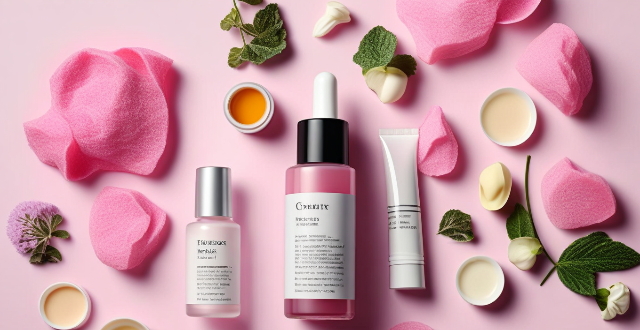Decoding a cosmetic product label involves identifying the purpose, understanding active ingredients, recognizing common components, being aware of potential allergens, checking for beneficial additions like plant extracts and vitamins, distinguishing between natural and synthetic ingredients, using online resources for more information, considering the overall formula, noting excipients, and always performing a patch test to ensure compatibility with your skin.

Decoding the List of Ingredients on a Cosmetic Product Label
When it comes to cosmetics, understanding the list of ingredients is crucial for making informed decisions about what you're putting on your skin. Here's a step-by-step guide to help you decode the information on a product label:
1. Identify the Purpose of the Product
- First Step: Before diving into the ingredients, know what type of product it is (e.g., moisturizer, cleanser, sunscreen).
2. Look for the 'Active' Ingredients
- Key Point: Active ingredients are those that have a therapeutic effect on the skin. They are listed in order of predominance, from highest concentration to lowest.
3. Recognize Common Ingredients and Their Functions
- Common Categories: Preservatives, emollients, humectants, emulsifiers, thickeners, and fragrances.
- Examples:
- *Preservatives* extend the product's shelf life.
- *Emollients* soften the skin.
- *Humectants* attract moisture.
4. Beware of Potential Allergens or Irritants
- Alert: Some ingredients like parabens, sulfates, and certain fragrances can cause allergic reactions or skin irritation.
5. Check for Plant Extracts and Vitamins
- Beneficial Additions: Many products include plant extracts or vitamins that offer additional benefits to the skin.
6. Understand the Difference Between Natural and Synthetic Ingredients
- Clarification: Just because an ingredient is natural doesn't necessarily mean it's better for your skin. Similarly, synthetic ingredients can be safe and effective.
7. Use Online Resources or Apps for Additional Information
- Tools: Websites and apps like EWG's Skin Deep or Think Dirty can provide more detailed information about ingredients.
8. Consider the Overall Formula
- Holistic View: The effectiveness and safety of a product depend on the combination of all its ingredients, not just one or two.
9. Don't Forget About Excipients
- Supporting Role: Excipients are inactive ingredients that help deliver the active ingredients to your skin. They are usually safe but still worth reviewing.
10. Always Do a Patch Test
- Final Advice: Before using any new product, do a patch test to check for allergies or sensitivities. Apply a small amount to your inner wrist or elbow and wait 24 hours.
By following these steps, you'll be better equipped to decode cosmetic product labels and make choices that are right for your skin. Remember, knowledge is power, especially when it comes to personal care!